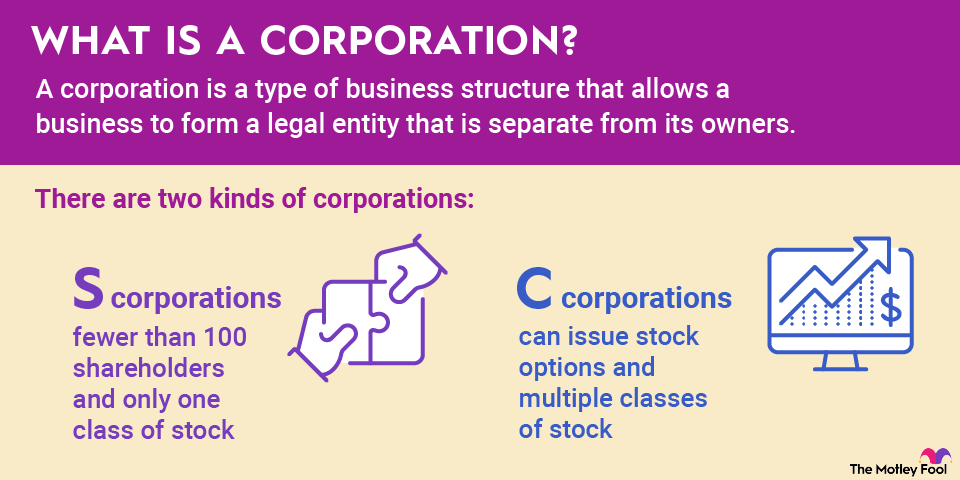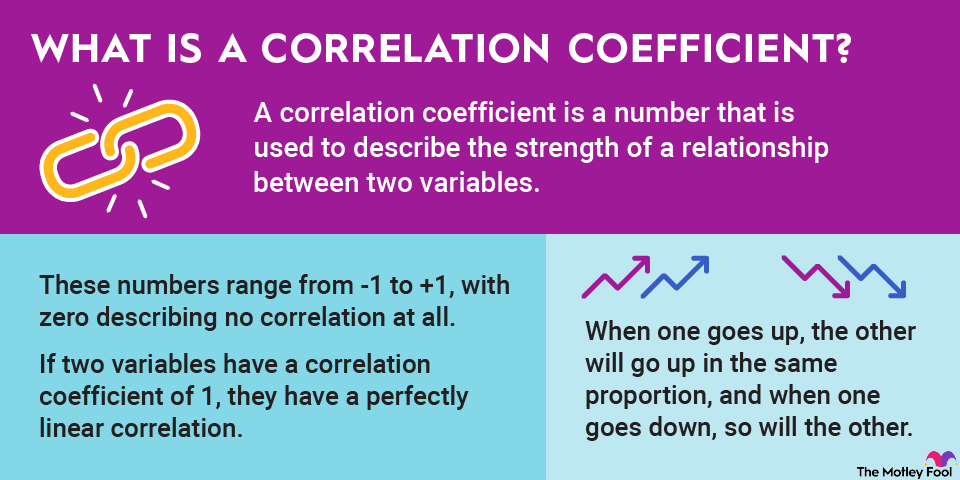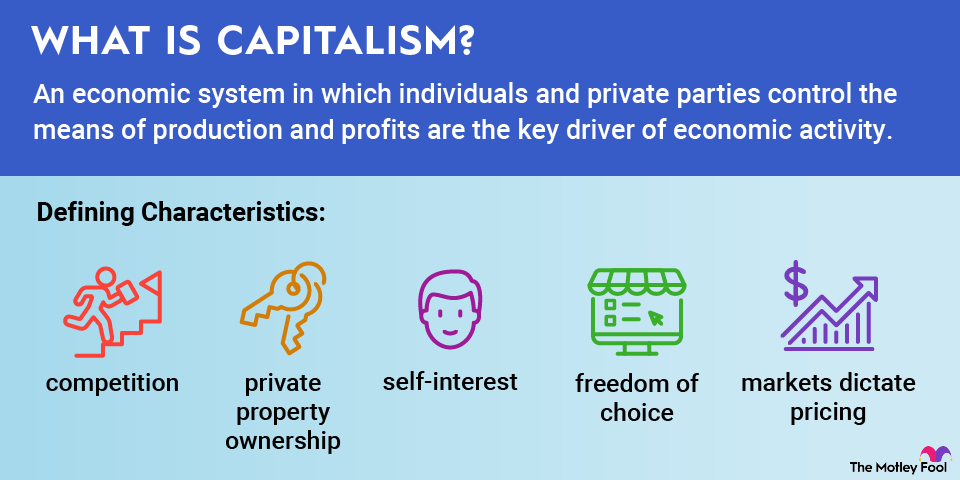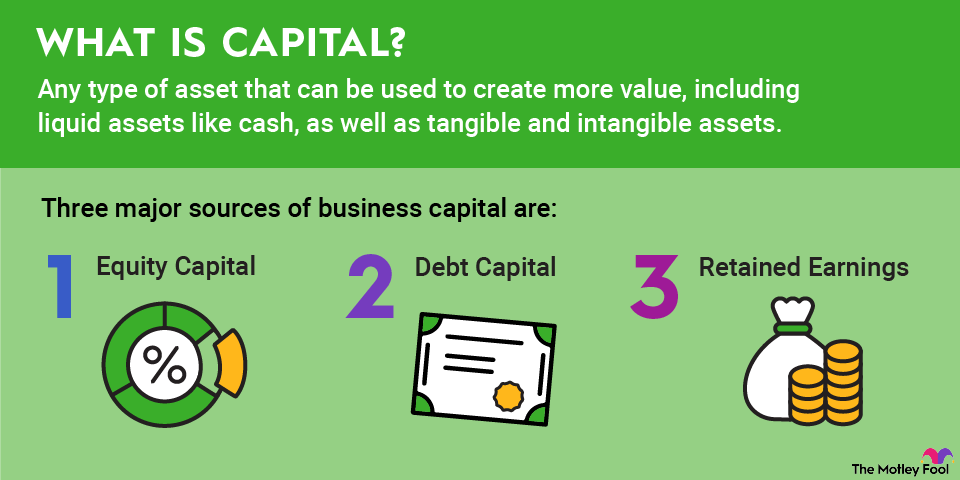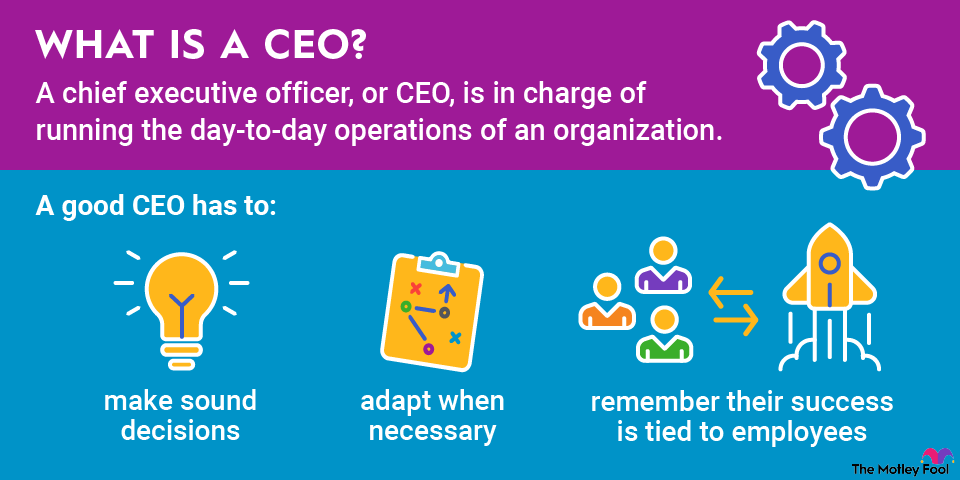CUDA Programming might be the most important technology most people have never heard of. CUDA is at the heart of the graphics processing unit (GPU) and AI ecosystems for Nvidia (NVDA -1.71%) and is a major reason why the company dominates the market for data center GPUs. Keep reading to see why and learn more about CUDA.
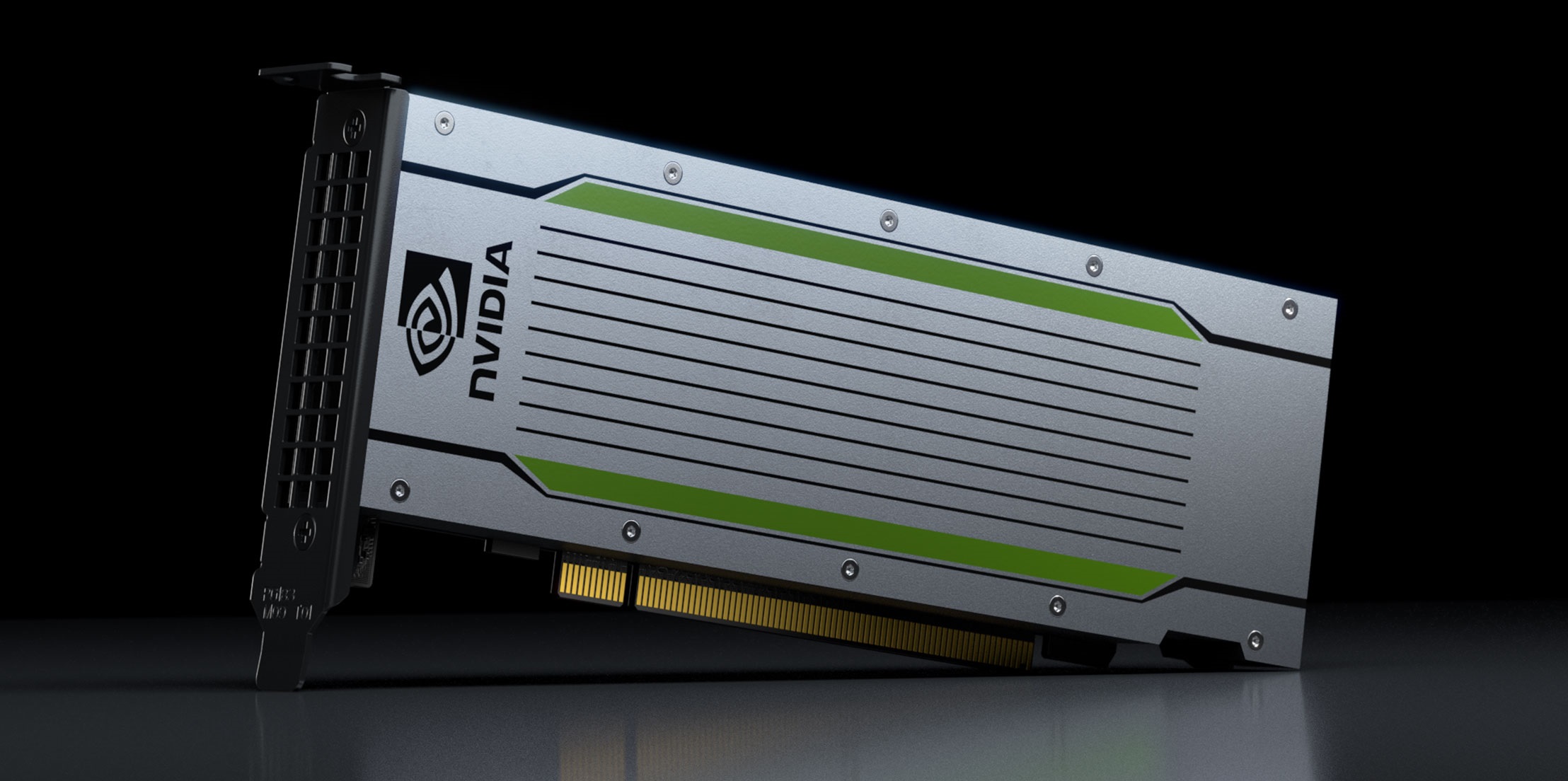
What is CUDA programming, exactly?
According to Nvidia, CUDA is a parallel computing platform and programming model that enables developers to write code and build applications on Nvidia's GPUs. Parallel computing refers to a type of computing architecture in which several processors simultaneously perform small calculations to break down a larger problem.
That makes Nvidia's AI technology easy to use and customize. It also gives Nvidia a competitive advantage over other chipmakers and AI companies.
How does CUDA programming work?
CUDA (Compute Unified Device Architecture) is a parallel computing platform, which means it's capable of executing multiple parts of a single program simultaneously rather than one at a time. This means CUDA can deliver faster processing times and use computing resources more efficiently.
Those advantages are especially valuable during the artificial intelligence (AI) boom, as speed and efficiency are key points of differentiation. Developers also favor CUDA because they are accustomed to using it and it's a big time-saver for them.
Nvidia released CUDA in 2006 and has continued to upgrade and build an ecosystem around it since then. Other AI companies are still trailing far behind it. Developers don't even need to write code for CUDA because it already has libraries of programs built on it, called CUDA-X libraries.
Overall, CUDA reinforces the GPU ecosystem that has made Nvidia so successful. Moreover, it helps deliver higher performance and accelerated computing.
How CUDA gives Nvidia a competitive advantage
Nvidia popularized the GPU in 1999, and CUDA, which it introduced in 2006, has arguably been its most important step in establishing itself in the GPU market. Recognizing the significant demand for accelerated computing empowered by GPUs, Nvidia developed libraries for applications like deep learning and linear algebra that have helped form the building blocks for its work in AI.
Running AI programs requires significant computing power. CUDA and Nvidia's accelerated computing are able to do just that through the parallel computing model that enables multiple simultaneous computations.
Due to Nvidia's dominance in data center GPUs and the hardware that enables AI, CUDA is becoming the de facto platform for AI. It has the advantage of already being built, making it more attractive for developers.
Competitors like Advanced Micro Devices (AMD -0.13%) have introduced alternatives, such as ROCm, but they have failed to gain widespread adoption. It will be difficult to unseat Nvidia and CUDA as the central components for running AI programs.
Thousands of GPU-accelerated applications have been built on CUDA. The platform offers flexibility and programmability that have made it attractive to developers, according to Nvidia.
Related investing topics
What's next for CUDA
Nvidia is currently focused on scaling CUDA for massive data center computing so that it can run across a data center through a single runtime system rather than on individual GPUs. Nvidia has also been working on a multinode CUDA runtime system to meet the scale of the data center.
The last major update for CUDA, CUDA 12, was released in 2022 with its Hopper architecture, and it's unclear when CUDA 13 will be released. That may be taking a backseat to the updates for its AI strategy.
Overall, Nvidia recognizes CUDA's importance and the competitive advantage it creates, and the company will continue to invest in it. For the many companies that rely on Nvidia architecture, that also means it will become even easier and faster to develop the kind of AI applications that run on Nvidia hardware. So, expect CUDA to continue playing a key role in pushing Nvidia's technology forward.


